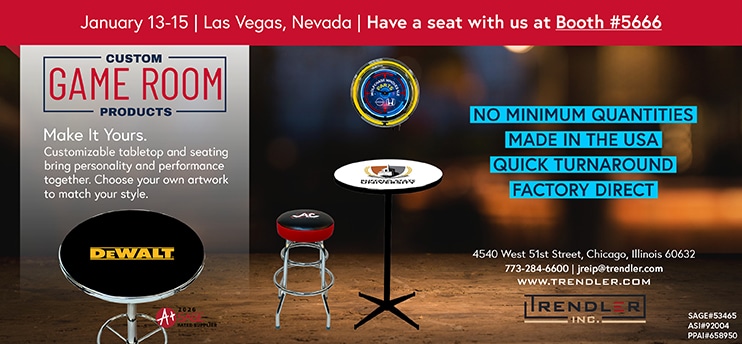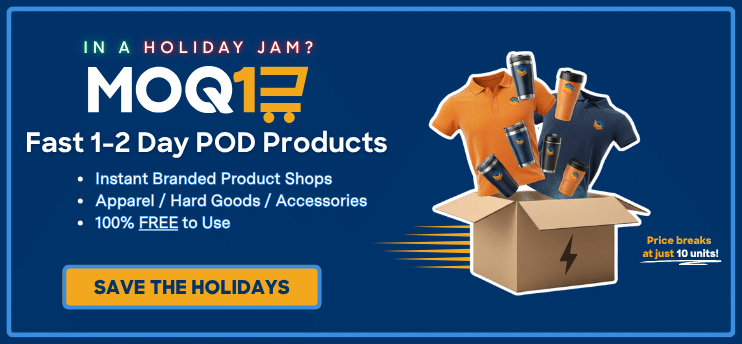Whether you’re talking about business or personal finances, it’s responsible – some might say essential – to have a budget. Knowing how much you’re willing and able to spend protects you from overspending, and, for many, it creates a liberating experience to spend with the knowledge that the money has been allocated with purpose.
That said, budgets tend to be concepts, not contracts. Anyone who has ever had a budget has probably also ignored it at some point. That’s not necessarily reckless. It might just be the result of reacting to new information or seizing an opportunity.
In other words, budgets are important but not concrete.
That dynamic is also true of the end buyers that purchase promotional products. To get a better sense of pricing elasticity in this demographic, PPAI Research surveyed over 1,000 end buyer firms across the U.S.
“We asked them how they handle pricing, value and tradeoffs,” says Alok Bhat, market economist and PPAI’s research and public affairs lead. “The answers reveal opportunities and risks for suppliers and distributors in the promo industry.”

Alok Bhat
Market Economist, Research & Public Affairs Lead, PPAI
“Budget elasticity is about more than numbers. It’s about having a firm understanding on what pushes those numbers past their perceived ceilings.”
Below are some of those results organized to help determine how far buyers are willing to stretch their budgets and why.
What Do Budgets Currently Look Like?
The market sample surveyed by PPAI Media suggests a healthy annual promo budget for end buyers (see Figure 1). With a large range of budget sizes, there’s a commonality among them: Even buyers with significant capital are intentional with their allocation toward promo.

- 62% of end buyers report annual budgets over $10,000.
- A little more than one third (36%) spend more than $25,000.
The $50 Psychological Ceiling Is Real
When it comes to unit pricing, there seems to be something of a comfort zone. Just under 80% of respondents looked for unit pricing below $50. Under that number, there was a fairly even cluster of ranges (see Figure 2). This implies a psychological pricing ceiling for most buyers that sits around $50.
“Buyers are generally comfortable spending between $10-$50 per item,” Bhat says. “Once you get past that number, they are more likely to start asking, ‘Is it really worth it?’ To get beyond that number, there needs to be a strong story behind the product.”

Between $10-$50 per unit are nearly even clusters of budgets broken down as follows:
- 17.4% spend $10-$20.
- 17.7% spend $20-$30.
- 17.4% spend $30-$50.
What Makes End Buyers Pay More?
If end buyers agree that budgets can be elastic, then something has to get them past that initial budget. They are willing to listen, but what are they looking for? see Figure 3)
The most common response (59%) is budget-friendly but high-impact items, which suggests that when spending increases, cost is still a top consideration.

- 53% of buyers want proof of ROI.
- About half (51%) are willing to be flexible when they receive creative product recommendations.
- A similar number (49.3%) want streamlined ordering.
- More than a third (37.7%) claim they have more money to spend if they see better audience targeting.
“Buyers will spend more, but they need to feel confident they’re buying results,” Bhat says. “It’s not random. They are likely to lean even more heavily toward what they value once they have surpassed their budget because of the risk it symbolizes.”
Budgets Can Go In The Other Direction As Well
While this study proves that budgets are elastic rather than concrete, that does not mean that circumstances will always allow buyers to operate with flexible spending habits. Affected by any number of external factors, end buyers sometimes have to constrict their budgets. How they move forward under those conditions is an important point for promo firms to consider.
Below are real responses that end buyers gave about what they do when their budgets get tight. Each is representative of a common sentiment in the study:
“Used digital ads instead of ordering new promo items.”
“We reused leftover inventory from last year.”
“We cut quantity from 1,000 to 250 just to make the numbers work.”
“Switched to more budget-friendly tote bags and water bottles instead of high-end gifts.”
“We went with an off-brand polo design to save money.”
“We had to split one large order into multiple small ones to fit different budgets.”
“We postponed the whole campaign until funds were available again.”
“We chose a slower supplier just to stay within cost.”
“Under these conditions, promo firms need to be sensitive to buyers’ constraints while trying to maintain pricing power by offering a clear reason to stick with promo in whatever capacity is possible,” Bhat says.
Auping is senior news editor at PPAI.


